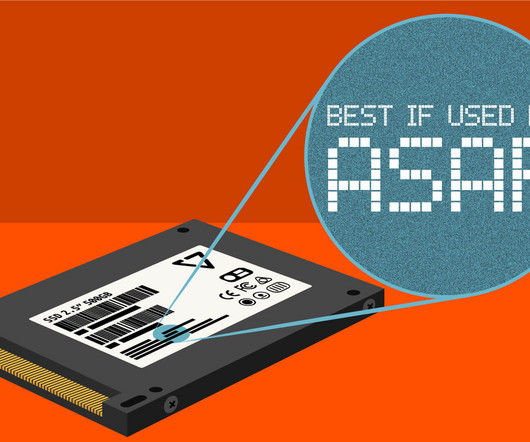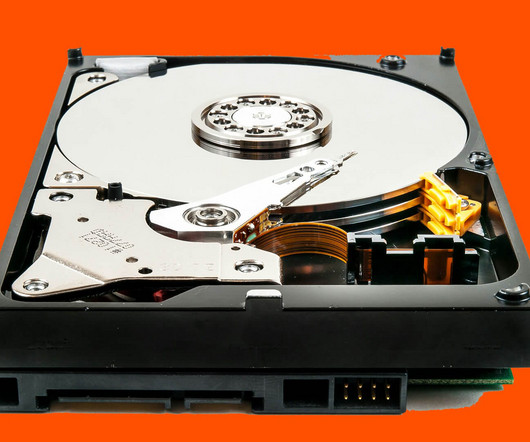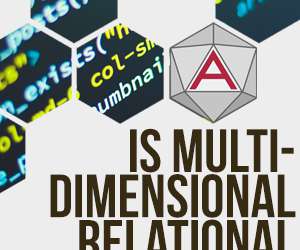Denormalized vs. Normalized Data
Pure Storage
FEBRUARY 13, 2024
Denormalized vs. Normalized Data by Pure Storage Blog Normalization and denormalization are two key concepts in database design, each serving a specific purpose. The goal of normalization is to minimize data redundancy and dependency by organizing data into well-structured tables. What Is Normalized Data?


















Let's personalize your content